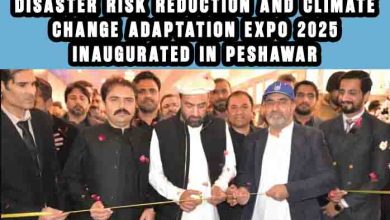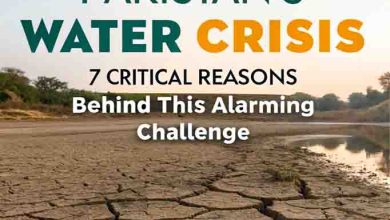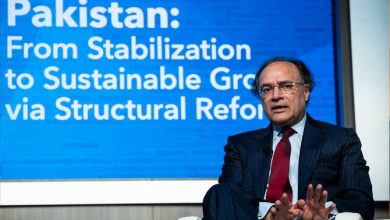‘Monsoon brides’: extreme weather fuels child marriages in Pakistan
Pakistan’s high rate of child marriages has been gradually declining in recent years
DADU: As monsoon rains loomed over Pakistan, 14-year-old Shamila and her 13-year-old sister Amina were married off in exchange for money—a decision their parents made to help the family survive the impending threat of floods.
“I was happy to hear I was getting married… I thought my life would become easier,” Shamila said after her wedding to a man twice her age, hoping for a more prosperous life. “But I have nothing more. And with the rain, I fear I will have even less if that is possible.”
Pakistan’s high rate of child marriages has been gradually declining in recent years, but following the unprecedented floods of 2022, rights workers warn that such marriages are on the rise again due to climate-driven economic insecurity. The summer monsoon, from July to September, is crucial for the livelihoods of millions of farmers and food security.
However, scientists say climate change is making these rains heavier and longer, increasing the risk of landslides, floods, and long-term crop damage. Many villages in Sindh’s agricultural belt have not recovered from the 2022 floods, which submerged a third of the country, displaced millions, and ruined harvests.
“This has led to a new trend of ‘monsoon brides’,” said Mashooque Birhmani, founder of the NGO Sujag Sansar, which works with religious scholars to combat child marriage. “Families will find any means of survival. The first and most obvious way is to marry off their daughters in exchange for money.”
Birhmani noted that since the 2022 floods, child marriage has spiked in villages in Dadu district, one of the worst-hit areas that resembled a lake for months. In Khan Mohammad Mallah village, where Shamila and Amina were married in a joint ceremony in June, 45 underage girls have been married off since the last monsoon—15 of them in May and June this year.
“Before the 2022 rains, there was no need to marry girls so young in our area,” said village elder Mai Hajani, 65. “They would work on the land, make rope for wooden beds, and the men would be busy with fishing and agriculture. There was always work to be done.”
Parents said that they hurried their daughters’ marriages to save them from poverty, often in exchange for money.
Shamila’s mother-in-law, Bibi Sachal, said they paid 200,000 Pakistani rupees ($720) to the young bride’s parents—a significant sum in a region where most families survive on around one dollar a day.
Najma Ali was initially excited about becoming a wife when she married at 14 in 2022 and began living with her in-laws. “My husband gave my parents 250,000 rupees for our wedding. But it was on loan from a third party that he has no way of paying back now,” she said. “I thought I would get lipstick, makeup, clothes, and crockery,” she said, cradling her six-month-old baby. “Now I am back home with a husband and a baby because we have nothing to eat.”
Their village, lying on the banks of a canal in the Main Nara Valley, is barren, and there are no fish left in the polluted water, whose stench overwhelms the area. “We had lush rice fields where girls used to work,” said Hakim Zaadi, 58, the village matron and Najma’s mother. “They grew many vegetables, but all are dead now because the water in the ground is poisonous. This has happened especially since 2022.”
“The girls were not a burden on us before then. At the age when girls used to get married, they now have five children and return to live with their parents because their husbands are jobless.”
Source: ‘Monsoon brides’: extreme weather fuels child marriages in Pakistan (thenews.com.pk)







